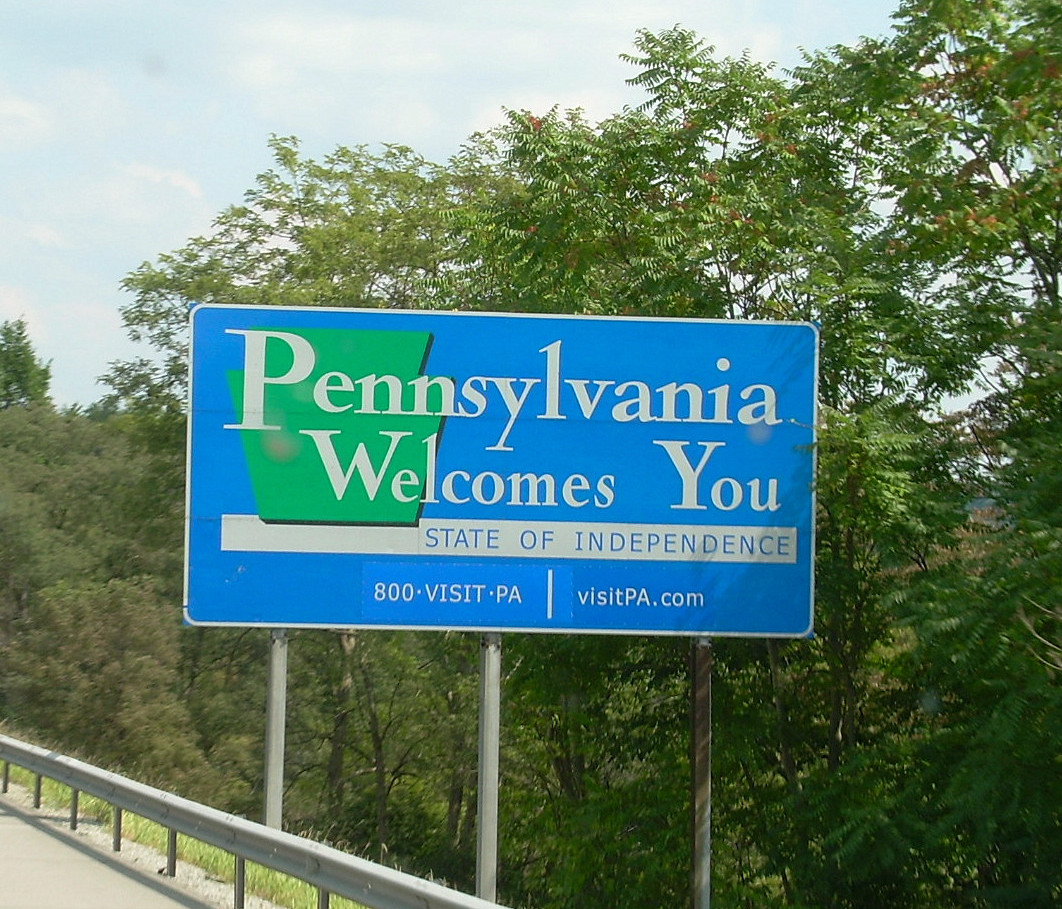Bussiness
Port strike spurs TP panic run in parts of NJ. But where is most toilet paper made?
3-minute read
Longshoremen strike at Port Elizabeth. What they’re saying: Video
Longshoremen strike at Port Elizabeth over a contract dispute. ILA members say they seek wage increases and to halt automation, among other matters.
The strike this week by dockworkers at ports on the East and Gulf coasts has sparked a new cottage industry: people in New Jersey and elsewhere posting photos on social media of empty store shelves, indicating an apparent run on toilet paper, water bottles and other essentials.
If you remember the bare shelves seen during the start of the COVID-19 pandemic and ensuing shutdowns and business closures in March 2020, this might invoke familiar scenes.
But the supposed run on toilet paper may be ill-founded.
The port closures — which come after a strike started Tuesday with 47,000 members of the International Longshoremen’s Association walking off the job — affect imports and exports into and out of the United States.
Story continues below photo gallery.
And roughly 90% of American toilet paper is produced within the U.S., said the California-based Center for Land Use Interpretation.
The largest producers of American toilet paper are Procter & Gamble, Kimberly-Clark and Georgia-Pacific, all three of which own and operate plants across the continental U.S.
But that has not stopped apparent raids on toilet paper, paper towels and water bottles, reports of which have streamed in on social media.
“Grocery stores in my area of NJ are bonkers right now. Got out there earlier to pick up paper products and a few other items before it’s gone. Hoarding begets hoarding unfortunately. I only snagged one big thing of [toilet paper] and paper towels,” Mike Bolitho of South Jersey said on X, formerly known as Twitter.
However, a quick spot check Wednesday morning of a Jack’s Super Foodtown in Caldwell and a ShopRite and a Stop & Shop in West Caldwell found shelves fully stocked with toilet paper, paper towels and bottled water. A Home Depot in Montville also had plenty of those items — as well as stacks of boxed artificial Christmas trees.
Spot checks of Target in Clark and ShopRite in Garwood, on the other hand, found much lower levels of toilet paper.
And the Costco in Teterboro had plenty of bottled water but was sold out of toilet paper Wednesday afternoon.
Daniel Wolk, a spokesperson for the grocery chain Stop & Shop, said its stores “are currently seeing an increase in the sales of paper products.”
And Karen O’Shea, a spokesperson for Wakefern, the cooperative that oversees ShopRites in New Jersey, said that “some stores have seen an increase in shoppers seeking those products. But it’s important to note that most groceries and household items are produced domestically and not affected by the port strike.”
Why the panic buying?
The arrival of goods such as toilet paper on your local store shelves is dependent on a fine-tuned and fragile supply chain, Rutgers supply chain professor David Dreyfus wrote in February this year.
“After the first early weeks of the pandemic, demands for goods escalated,” Dreyfus wrote. “This renewed demand ballooned to extreme levels in many industries. With greater demand and fewer workers, businesses and suppliers could not keep up. The complexity and structure of our supply chains were working against us.”
Demand for toilet paper surged as consumers hoarded rolls in anticipation of a shutdown that was slated seemingly to go on indefinitely, but “production had halted.”
Eventually, as the world reopened, production resumed, Dreyfus noted, from loggers harvesting timber to paper mills turning wood into paper, manufacturers churning out rolls of toilet paper and truck drivers getting them to nearby stores.
One study at Macquarie University in Australia looked at panic buying across the Western world during the COVID-19 pandemic and found that many panic buyers and hoarders reacted to the uncertainty and stress of the pandemic.
“A large amount of research has linked hoarding problems to intolerance of uncertainty and distress,” the study said.
No need to panic
The apparent panic buying at some stores in response to the port strike flies in the face of assurances made by public officials ahead of the port closures.
“People do not need to rush out to the grocery stores and stockpile goods,” New York Gov. Kathy Hochul said during a Monday press conference.
Jackie Bray, commissioner of the New York State Division of Homeland Security and Emergency Services, said it would be a matter of “weeks, not days” of a strike before any impact would be felt by the average consumer.
Further mitigating the impact on consumers is that many consumer products are already “in warehouses. They’ve been there for a long time,” Bray said.
“There might be a product here or there, but it’s weeks before regular consumers feel it,” she said.
Daniel Munoz covers business, consumer affairs, labor and the economy for NorthJersey.com and The Record.
Email: munozd@northjersey.com; Twitter:@danielmunoz100 and Facebook










